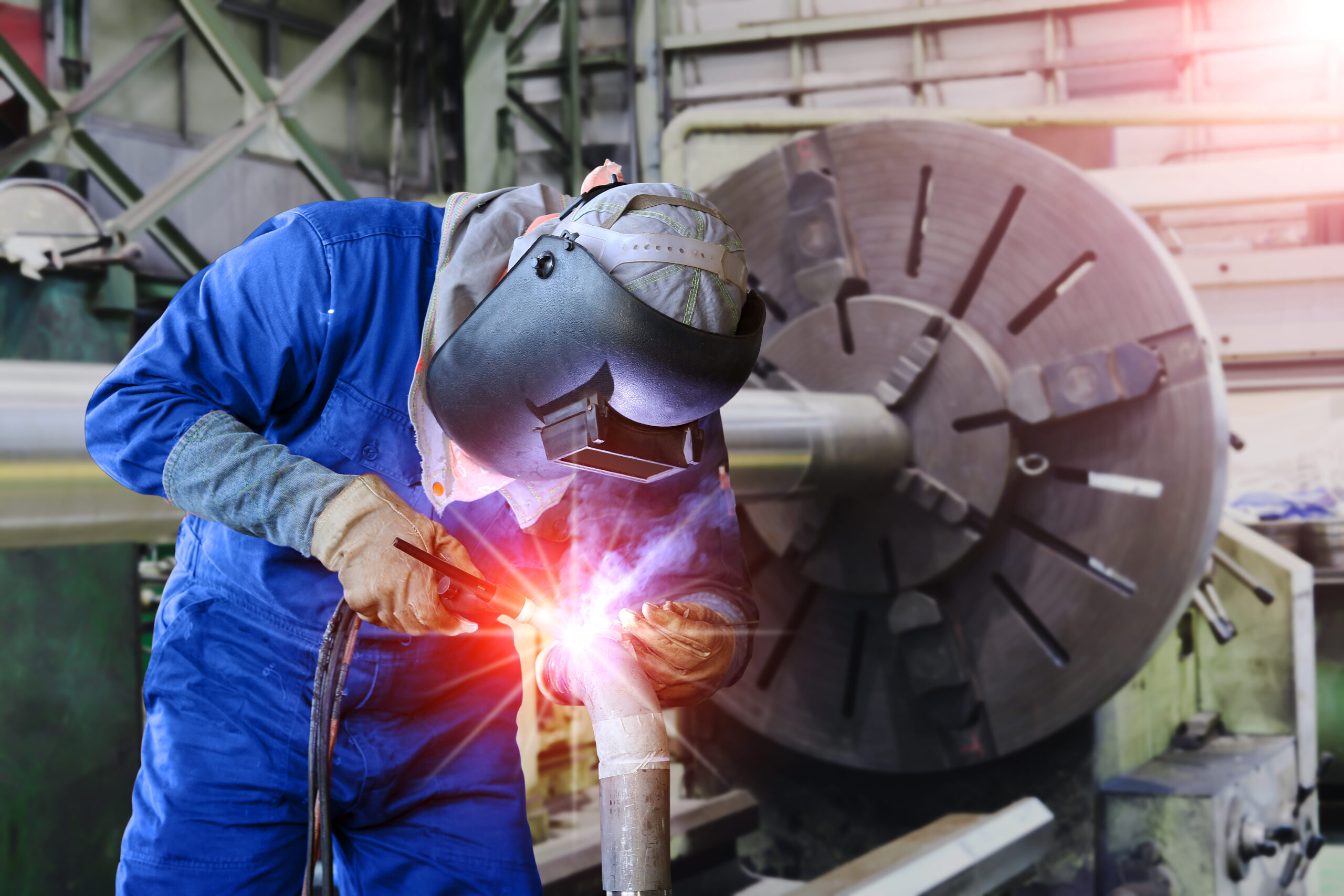The Ultimate Guide to Welding WPS Procedures: An Extensive Overview for Welders
In the intricate globe of welding, Welding Treatment Specs (WPS) act as the foundation of ensuring top quality, consistency, and safety in welding procedures. Comprehending the nuances of developing, carrying out, and keeping track of WPS treatments is necessary for welders seeking to elevate their craft and meet market requirements. As we look into the various components of a WPS and check out the intricacies of qualification and accreditation, we will certainly reveal the important duty these procedures play in the world of welding. Allow's get started on a trip to unwind the complexities and value of WPS treatments in welding methods.
Relevance of WPS Procedures
Recognizing the value of Welding Procedure Specifications (WPS) treatments is essential for ensuring the quality and honesty of bonded structures. WPS procedures function as a roadmap for welders, outlining the essential steps, specifications, and materials needed to achieve a sound weld. By sticking to WPS standards, welders can make certain consistency in their work, causing structurally sound and reliable welds.
One of the key reasons that WPS procedures are necessary is their role in keeping weld top quality and honesty. Following the specified welding criteria and methods described in the WPS assists prevent issues such as porosity, breaking, or incomplete combination, which can compromise the strength and durability of the weld. Furthermore, WPS procedures are important for making sure conformity with sector standards and codes. By following established WPS guidelines, welders can show that their job satisfies the necessary demands for safety and security and quality, providing guarantee to customers, assessors, and regulative bodies. In essence, the significance of WPS procedures can not be overstated, as they are basic to achieving regular, top quality welds that meet sector requirements and specifications.

Components of a WPS
A Welding Procedure Spec (WPS) normally makes up crucial elements that detail the details demands for implementing a weld, guaranteeing consistency and quality in the welding process. The essential components of a WPS include essential variables such as base metals, filler metals, interpass and preheat temperature levels, welding processes, securing gases, welding positions, and post-weld heat treatment requirements.
Base metals describe the materials being signed up with, while filler steels are utilized to fill the void in between the base steels throughout welding. Preheat and interpass temperatures are important for controlling the warmth input and protecting against issues like splitting or distortion. The welding process details the certain technique to be made use of, whether it's gas metal arc welding (GMAW), protected steel arc welding (SMAW), or another approach. Protecting gases shield the weld swimming pool from atmospheric contamination. Welding placements define the positionings in which welding can be performed. Post-weld warm therapy may be required to soothe tensions and enhance the weld's properties. An extensive understanding of these elements is essential for producing a effective and extensive WPS.

Credentials and Accreditation
Having actually established the necessary parts of a Welding Procedure Requirements (WPS), the emphasis currently shifts towards the essential aspects of qualification and certification in welding practices.

Accreditation, on the other hand, is the official recognition of a welder's certifications by a relevant accreditation body or organization. Welding certifications are typically based upon the certain welding processes, products, and placements a welder is qualified to collaborate with. Holding a valid welding certification shows that a welder fulfills market requirements and is skilled to do welding tasks to the called for specifications.
Developing a WPS
To develop a Welding Procedure Requirements (WPS) that satisfies sector criteria, mindful consideration of welding processes, materials, and operational parameters is vital. The first step in developing a WPS is to recognize the welding procedure to be used, such as gas steel arc welding (GMAW) or secured steel arc welding (SMAW)

Carrying Out and Checking WPS
Upon completing the extensive Welding Treatment Spec (WPS) that carefully details welding processes, materials, functional parameters, and quality control measures, the focus moves to successfully applying and keeping an eye on the recognized procedures. Implementation involves making certain that all welders included in the project know with the WPS and follow it see here meticulously throughout the welding procedure. This calls for offering ample training and guidance to ensure adherence to the specified procedures. Checking the WPS entails continual oversight to confirm that welding activities straighten with the documented specifications. Assessments, testing, and quality control actions are crucial elements of the tracking process to determine any kind of issues or discrepancies immediately. Normal audits and testimonials of the welding procedures help in keeping consistency and quality throughout the task. Reliable execution and monitoring of the WPS are crucial for making certain the stability, strength, and safety and security of the welded joints, ultimately contributing Recommended Reading to the total success of the welding job.
Verdict
Finally, understanding and adhering to Welding Procedure Specs (WPS) is crucial for welders to ensure quality, consistency, and security in their job. By knowing the parts of a WPS, obtaining correct credentials and accreditations, developing detailed procedures, and carrying out and checking them successfully, welders can improve their abilities and effectiveness in welding practices. Adhering to WPS procedures is essential for creating premium welds and conference industry requirements.
In the elaborate globe of welding, Welding Treatment Requirements (WPS) serve as the foundation of ensuring high quality, uniformity, and safety in welding procedures. The welding process details the specific method to be made use of, whether it's gas steel arc welding (GMAW), shielded metal arc welding (SMAW), or another method.To create a Welding Treatment Requirements (WPS) that satisfies industry criteria, careful consideration official site of welding processes, products, and operational parameters is important. The first action in creating a WPS is to determine the welding procedure to be made use of, such as gas steel arc welding (GMAW) or shielded metal arc welding (SMAW)Upon settling the thorough Welding Treatment Requirements (WPS) that carefully information welding procedures, materials, operational parameters, and top quality guarantee measures, the emphasis moves to successfully carrying out and checking the recognized treatments.
Comments on “Creating a Welding WPS: Step-by-Step Instructions for Professionals”